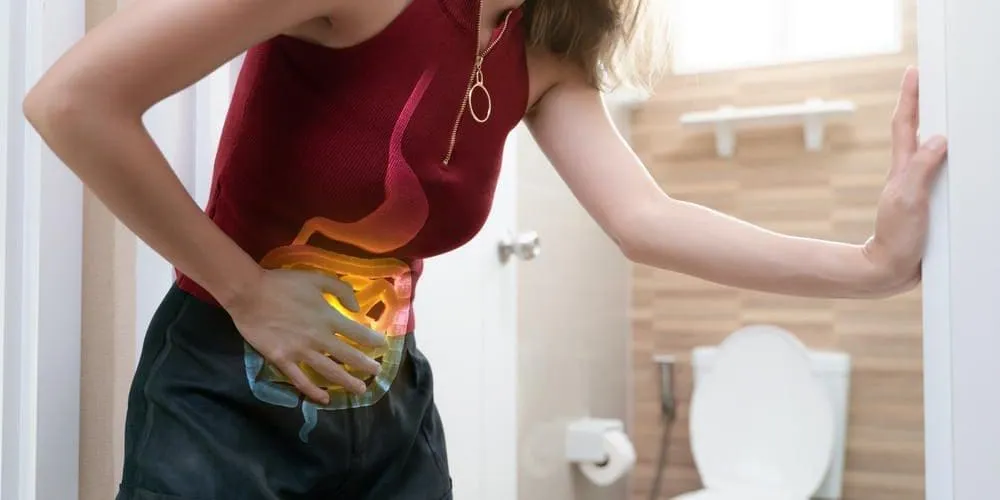Who Can Benefit?
Sclerotherapy is typically used for:
- 1st-degree internal hemorrhoids (bleeding but not sticking out)
- 2nd-degree internal hemorrhoids (bulge out but go back in on their own)
Not suitable for:
- External hemorrhoids
- Hemorrhoids with clots (thrombosed)
- Cases with gangrene
Common Solutions Used
Some of the chemicals your doctor might use include:
- Sodium Tetradecyl Sulphate
- Polidocanol 3%
- Phenol with almond oil (rarely used today)
- Aluminum Potassium Sulphate/Tannic Acid (common in Japan)
What Is the Procedure Like?
1. Positioning: You lie on your side (usually the left).
2. Injection: The doctor injects a small amount of solution (about 0.5 ml) into the area just under the lining of the hemorrhoid.
3. Goal: The chemical creates a controlled irritation, starting the healing and scarring process.
Foam Sclerotherapy: A modern twist, Tessari’s method, mixes the solution with air to make a foam. This foam spreads better, so less chemical is needed, and the results can improve.
Possible Side Effects and Complications
While sclerotherapy is generally safe, you may experience:
- Mild pain or burning
- Bleeding
- Pressure in the area
- Rarely, infections or abscesses
- More rarely, tissue damage may occur if the injection is done incorrectly






